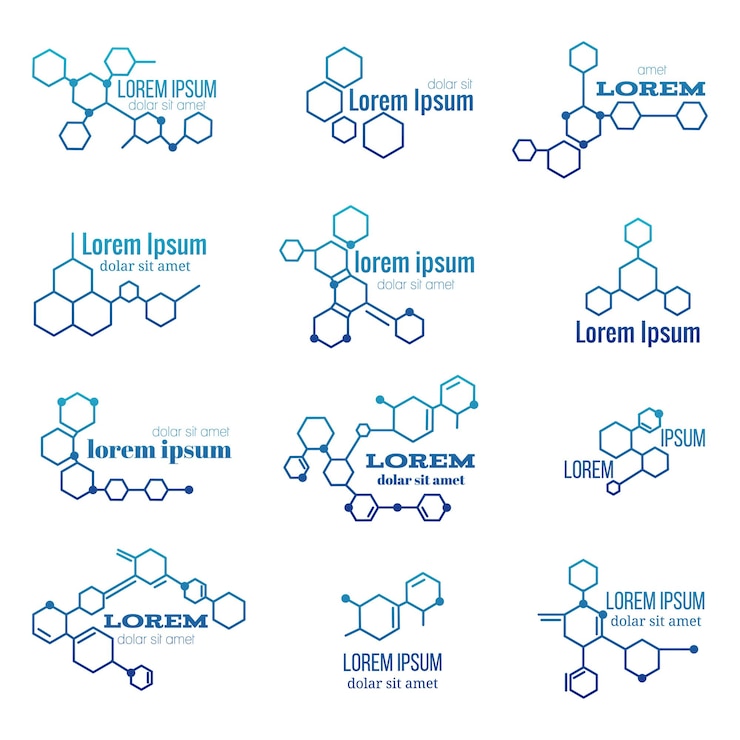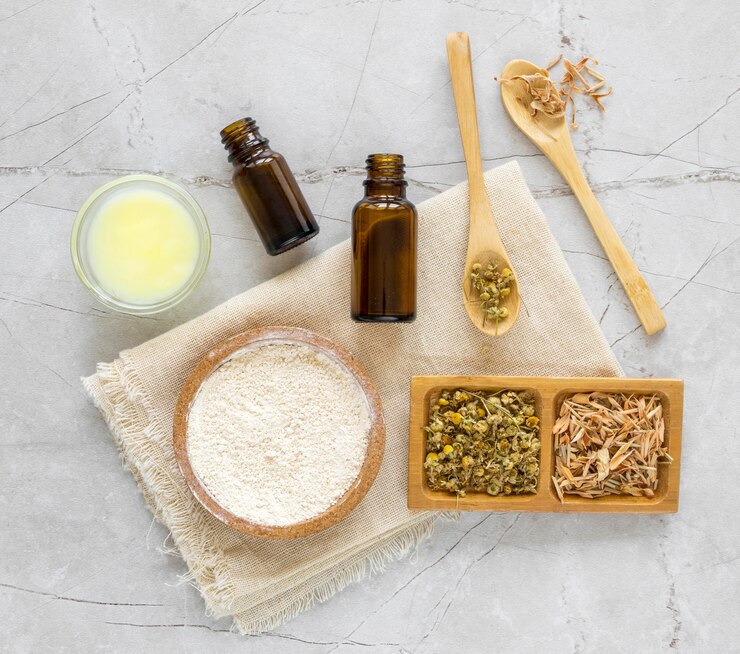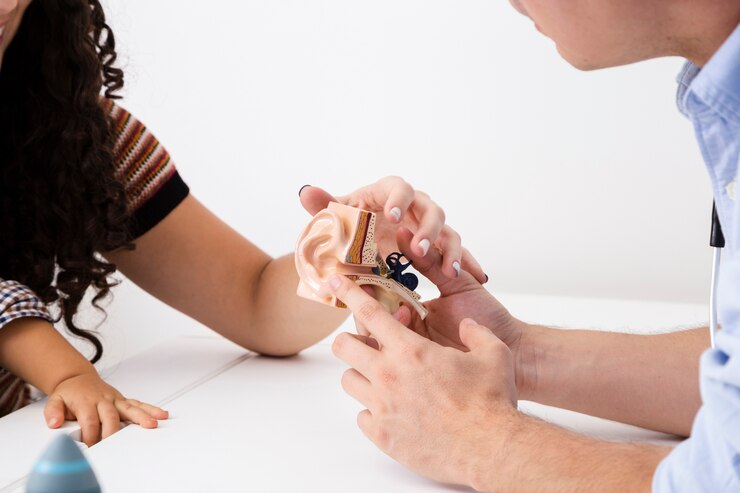
Education is the first step to empowerment, which is why I’ve enjoyed writing this series on understanding toxic chemicals and ingredients in everyday products. This week, I’m focusing on a group of chemicals that have been making headlines: phthalates.
Phthalates, often referred to as the “everywhere chemical,” are found throughout the environment and in many common items. Although it’s impossible to completely eliminate our exposure, there are effective ways to reduce it and minimize the associated health risks.
In this article, I’ll break down what phthalates are, how they’re used, their potential health impacts, and give you some practical tips to avoid them in your daily life.
**What Are Phthalates?**
Phthalates are human-made chemicals used across multiple industries as solvents, binding agents, plastic softeners, and in synthetic fragrances. Their versatility, colorlessness, and lack of odor have earned them the nickname “everywhere chemical.”
Unfortunately, phthalates have significant negative effects on both health and the environment. They do not break down over time, leading to widespread contamination in soil and water. Because they’re present in materials used in food processing and packaging, processed foods and conventionally raised meat and dairy products often contain higher levels of phthalates compared to organic or whole foods.
Although phthalates are usually not listed on ingredient labels, knowing which products commonly contain them can help you make informed choices. Different types of phthalates are used for various purposes, adding to their ubiquity in everyday products.
Phthalates have been banned from some items like teething rings and rubber ducks, but many feel these bans are insufficient given the serious health concerns they pose.
In Canada, very few, if any, phthalates are banned, although they are restricted in the European Union and the United States. That’s why I’m sharing this information, so you can make informed choices for your health.
**Environmental Impacts of Phthalates**
As I mentioned, phthalates don’t break down, which leads to environmental contamination. They often leach from products into the environment, causing harm even at low concentrations. They have been linked to declines in amphibian populations and are toxic to fish, algae, insects, and crustaceans.
**Top 3 Health Effects of Phthalates**
1. **Hormonal Disruption**
Phthalates are concerning because they can interfere with the body’s hormone system, even in small amounts. Research indicates that they can disrupt hormone levels and affect reproductive development, particularly in male infants. They have been linked to reduced fertility and declining sperm counts in men.
2. **Neurotoxicity**
Studies show that phthalates can negatively affect brain health, particularly in children. Exposure has been associated with learning difficulties, attention disorders, and behavioral issues. Prenatal exposure has even been linked to higher autism trait scores in boys, though folic acid supplementation may offer some protective effects.
3. **Increased Cancer Risk**
There’s been news about a lawsuit involving a cosmetics company and claims linking their product to uterine cancer, underscoring the potential dangers of what we put on our bodies. Phthalates have also been associated with thyroid, breast, and other cancers, and studies suggest a link between in-utero exposure and childhood cancers.
**What Products Contain Phthalates?**
Phthalates aren’t usually labeled, but they’re common in items like shower curtains and beauty products. Look for products labeled as phthalate-free or made with natural, organic ingredients.
**Joyful Tips to Limit Phthalate Exposure**
Here are some tips to help you avoid phthalates:
1. **Minimize Use of Household Plastics**
Phthalates make plastics more durable, so you’ll find them in many plastic products. Avoid plastics labeled 3, 6, or 7 and consider alternatives like phthalate-free items.
2. **Swap Plastic Toys**
Since children are more vulnerable to phthalates, opt for toys made from natural materials such as wood or organic cotton.
3. **Eat Whole Foods**
Processed foods tend to have higher phthalate levels, so try to eat whole, organic foods. This not only reduces exposure but provides beneficial nutrients that support the body’s detoxification processes.
4. **Use Non-Plastic Containers**
Store food in glass, stainless steel, ceramic, or silicone containers to avoid contamination. Avoid microwaving food in plastic containers as well.
5. **Choose Natural Skin and Beauty Products**
Many synthetic fragrances contain phthalates. Opt for products with natural, organic ingredients to avoid absorbing these chemicals through your skin.
At Joyous Health, our products like the Fresh Face Cleanser and Magical Mist Facial Toner are free from synthetic chemicals, allowing you to care for your skin without worry.
I hope this information empowers you to make healthier choices. For more tips on living a phthalate-free life, check out my other articles.
Xo, Joy
—
**Reeshma’s Feedback:**
Thank you so much for providing this clear and eye-opening information, especially about processed foods. For a phthalate-free hair spray, try looking for non-aerosol options in health food stores. I’m glad you found the article helpful!
As for shampoos, I recommend trying Green Beaver.


